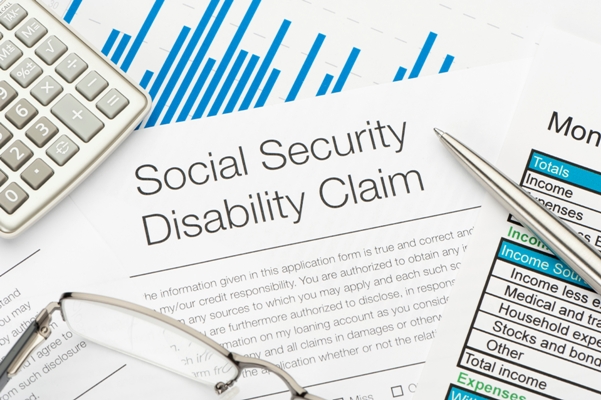Disability: Enmeshed in the Safety Net
David Azerrad /
The finest trick of the devil, Baudelaire once wrote, is to persuade you that he does not exist. Modern liberalism, being far less devilish, has pulled a lesser, but still effective, trick: It has convinced Americans that conservatives don’t care.
In fact, the left has made “caring” its exclusive prerogative and successfully framed most political debates as pitting compassionate liberals against heartless conservatives.
In reality, of course, the issue for conservatives is not whether to help people in need, but rather how to help them. While no right-thinking person—conservative or liberal—will deny that we owe our fellow citizens help in their time of need, profound disagreements exist over how best to help them.
The swelling rolls of Americans collecting disability benefits offers a sad confirmation of the shortcoming of the left’s approach and vindicates the conservative distrust of massive, centralized programs. Today, 6 percent of adults are on disability insurance.
A new in-depth story by Chana Joffe-Walt on NPR highlights the devastating toll that federal disability programs take on those they are supposedly helping. The budgetary costs pale in comparison to the human cost of trapping people into poverty and dependency.
Disability is like Hotel California: You can sign up anytime you like (if you have a qualifying condition), but you can (almost) never leave. One economist, cited in the story, points out that fewer than 1 percent of the disabled have returned to the workforce in the past two years. As a result,
going on disability means you will not work, you will not get a raise, you will not get whatever meaning people get from work. Going on disability means, assuming you rely only on those disability payments, you will be poor for the rest of your life. That’s the deal. And it’s a deal 14 million Americans have signed up for.
In some parts of the country, such as Hale County, Alabama, one out of every four working-age adults collects a disability check. The benefits aren’t lavish, but for low-income earners with little education, they’re more appealing than a low-paying job with no benefits:
People who leave the workforce and go on disability qualify for Medicare, the government health care program that also covers the elderly. They also get disability payments from the government of about $13,000 a year. This isn’t great. But if your alternative is a minimum wage job that will pay you at most $15,000 a year, and probably does not include health insurance, disability may be a better option.
This helps explain why more than 10 percent of high school dropouts are on the disability rolls, while only 2 percent of college graduates are disabled.
Despite great advances in medical care and technological innovations that have made work easier and the workplace safer, an ever larger number of Americans collect disability. While many are, of course, truly and permanently disabled, the conclusion is inescapable: Many are choosing disability over work. And it’s hard to see how we are helping them by allowing them to do so.
On the Social Security Administration website, we are reminded, “While we spend a great deal of time working to succeed in our jobs and careers, few of us think about ensuring that we have a safety net to fall back on should we become disabled.”
Alas, those who oversee our disability programs seem to have thought even less about preventing so many Americans from becoming enmeshed in that very safety net.
Living off $13,000 a year isn’t a comfortable life. Sadly, it is a life that too many Americans have become comfortable with.

